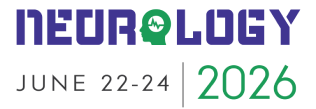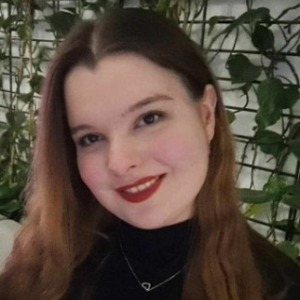Title : Mucin detection based on Thioflavin T and lasing effect – A proposal for diagnostics of brain tumors from human tears
Abstract:
Brain tumors, especially glioblastoma, are highly malignant and lethal to humans. There is no rapid, non-invasive, early diagnostic method in the world. Recent reports indicate a major role of mucins in the pathogenesis of glioblastoma. Unfortunately, there is no method for rapid examination of the mucin layer. Current methods focus on specific mucins and are time-consuming, e.g. ELISA, and Western Blot. Moreover, due to the anatomical proximity of the eye and the brain, human tears are an interesting option as material for research. We propose a new diagnostic method based on the study of mucins in human tears.
The method is based on the sensitive detection of mucins based on their staining with Thioflavin T (ThT) and subsequent laser measurements. ThT is regarded as the gold standard for detecting subtle molecular changes in the structure of biomolecules, including proteins and DNA. It is broadly used in the diagnosis of neurodegenerative diseases. We have implemented this technology for mucins.
In this paper, we present the results of lasing effects obtained in experiments with Fabry-Pérot cavities. Our study demonstrates that ThT selectively binds to mucins (modeled by MUC3) in DEMI water, artificial tears, and simulated tear environments. The application of Fabry-Pérot cavity lasing spectroscopy enabled the resolution of distinct spectral signatures of the ThT-mucin complex, including the emergence of dual lasing peaks and an increased lasing threshold in mucin-rich samples compared to controls.
The results indicate the possibility of detecting mucins from human tears and in the longer term, a proposal for fast, minimally invasive diagnosis of brain tumors from human tears.




